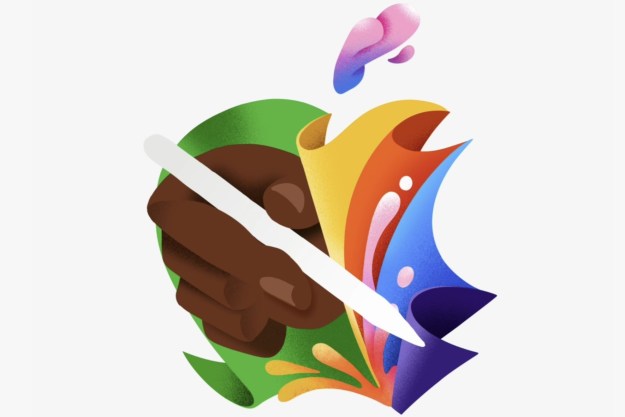
You may have already heard of ConnectED, President Obama’s plan to bring high-speed Internet connectivity to 99 percent of America’s school students. The five year scheme was revealed back in June and at the time, there was vague talk about raising taxes on phone bills to help pay for the initiative – except it wasn’t clear whether this was fixed or mobile phones, or when such a tax would be implemented, if at all.
That question has been answered today, and it’s cellphone users who will be paying. White House officials, quoted in the New York Post, say each phone user will end up paying about $5 extra per year on their bill, or around $0.40 each month. It’s unlikely to break the bank, but it’s enough to notice.
It’s all still at the proposal stage, but rather than need to be approved by Congress, it’s being put in the hands of the FCC, which has the power to add additional, mandatory charges to fund programs such as ConnectED. If it goes ahead, the tax won’t stick around for ever, as it’s intended to end after three years. During this period of time, an estimated $6 billion would be amassed.
In return for the money, the ConnectED scheme will bring high speed Internet access to more schools (particularly in rural areas), train teachers, and buy more digital learning content. When ConnectED was introduced, President Obama said he had been inspired by countries such as South Korea, where 100 percent of its students had access to high speed Internet. In the U.S., he said, only 20 percent of students had access to Wi-Fi.
By sidestepping Congress, and proposing a further tax on consumers – in New York, mobile bills have ten different taxes added already – ConnectED’s funding plan has attracted controversy. The Washington Post says Republican politicians will put pressure on the FCC to refuse the scheme, while White House officials are concerned a worrying precedent will be set by Congress not having the final say on the use of public funds. The report says the FCC has begun examining the plan, but it could take up to a year before a decision is reached.




